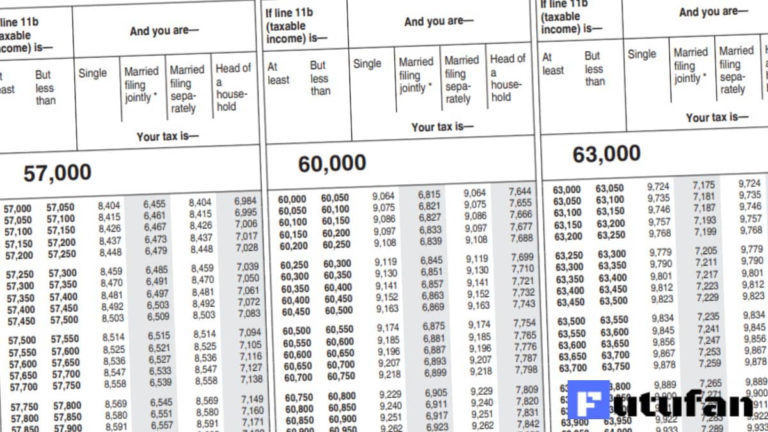

Use the table lower in this section to determine your rate. The specific rates depend on your taxable income, but it’s not the same as the percentages listed above.
Long-term capital gains refer to assets sold for a profit that were held for more than one year. To know what dividend or capital gain tax rate applies here, you should also look at the timeframes involved. When you receive a quarterly investment statement, it may show that you were paid capital gains or dividends. Capital gains tax rates and dividend tax rates There are a few places where you might find these categories: on your investment or broker statements. For other types of income, they follow a different rate structure than the table above. However, ordinary tax rates don’t apply to every type of income. In addition to these definitions, it’s helpful to understand that the table above shows ordinary tax rates. The average tax rate in 2018 was 13.29%, according to the IRS You can also review average tax rate details in this chart. If you’re looking for the average federal income tax rate that most taxpayers pay, that’s a harder number to pin down as it changes every year. Average tax rate: This is the same as the effective tax rate. Effective tax rate: The total tax paid as a percentage of total income taxed. Marginal tax rate: The rate at which the last dollar of income is taxed. Income tax brackets: The ranges of income to which a tax rate applies (currently there are seven). tax rate: The various percentages at which taxes are applied. To clarify what’s meant, let’s review a few relevant terms that relate to this topic. The terminology around income tax brackets and tax rates can be confusing at times. Want more guidance? Review the 2021 tax tables listed by the IRS. So, what’s the difference between all these different percentages and rates? Read on and we’ll explain. While the tax brackets apply to $50,000 and the average rate is 13.5%, Sarah’s total income is $62,550 ($50,000 taxable income + $12,550 standard deduction) and the rate based on her total income would be 10.8% ($6,749 ÷ $62,550). 10% on the first $9,950 of taxable income. Figure out the amount of tax for each segment of taxable income. Using the 2021 information above, we can determine Sarah’s total tax in the following steps: Let’s look at Sarah, whose filing status is “Single” and who has a taxable income of $50,000. income tax system uses a graduated tax system, designed so that individual taxpayers pay an increasing rate as their income rises as outlined in the 2021 tax brackets above. For example, if you fall in the 22% tax bracket, not all of your income is taxed at 22%. However, you should know that not all of your income is taxed at that rate. 
Once you know your filing status and amount of taxable income, you can find your tax bracket. So, if you’re asking yourself, “how do tax brackets work?”, here’s more detail. The nuances of federal income tax brackets can seem complex on first glance.

Understanding how federal income tax brackets work Note: The brackets for Qualifying Widow(ers) are the same as for Married Filing Jointly status.

If you’re wondering, “What tax bracket am I in?” The tax bracket-specific income ranges can shift slightly each year due to inflation adjustments, so you’ll want to reference the year when you review income tax brackets.
#Irs 2021 tax brackets how to#
Need help determining this number? Find out how to calculate your taxable income. Rather, it’s the total of your taxable income sources (like wages, investment interest, and retirement distributions) minus any adjustments and tax deductions. Most income is taxed using these seven tax brackets, except for certain capital gains and dividends. Your taxable income: Believe it or not, your taxable income doesn’t equal your wages.Your filing status : The filing status options are to file as single, married filing jointly, married filing separately, head of household, or qualified widow.If you’re trying to determine your marginal tax rate or your highest federal tax bracket, you’ll need to know two things: All taxpayers pay increasing income tax rates as their income rises through these segments. Federal income tax rates are divided into seven segments commonly known as income tax brackets.








 0 kommentar(er)
0 kommentar(er)
